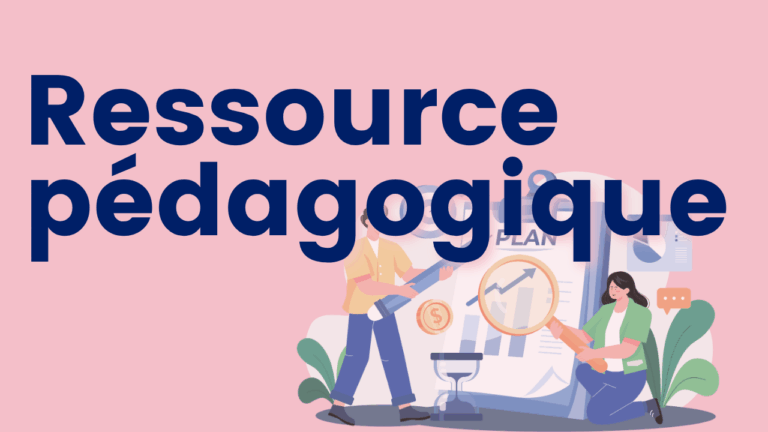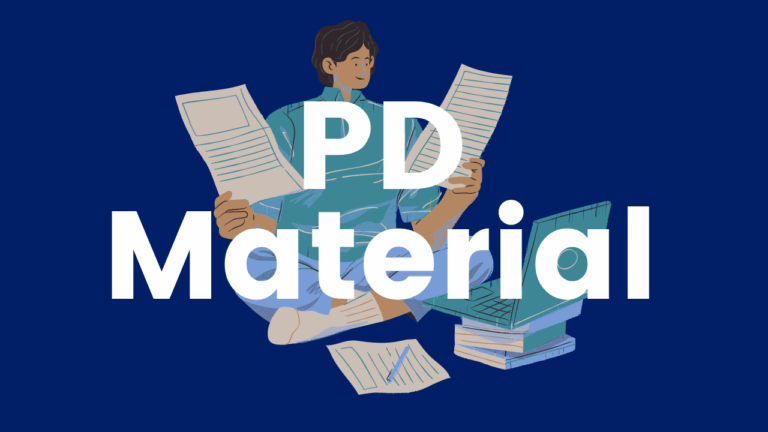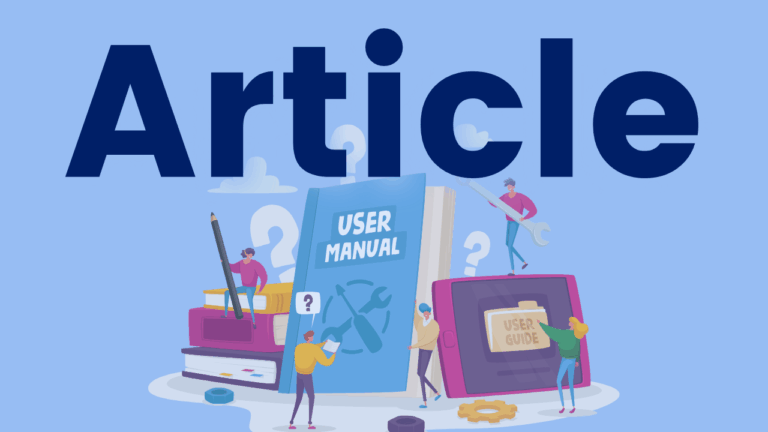Écrire les lettres capitales
Cette liste de lecture de la chaîne YouTube d’iProf Education présente le tracé des lettres majuscules en écriture scripte. Les vidéos peuvent servir comme supports visuels pour l’enseignement et l’apprentissage du geste d’écriture.








